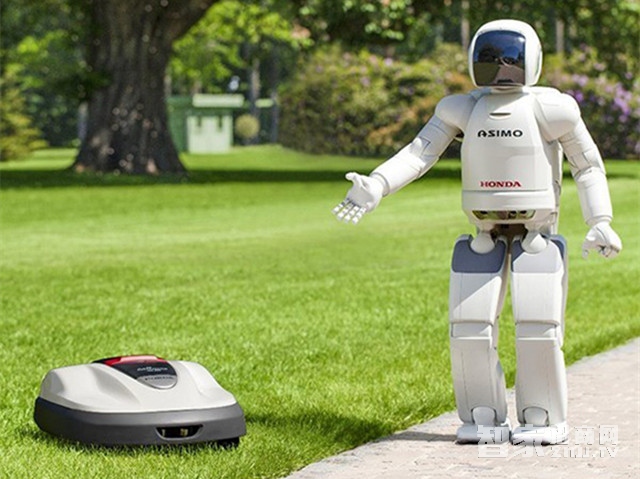As smart home concepts continue to gain traction, robots are no longer limited to industrial use. They're increasingly becoming part of daily family life. More and more people are now familiar with the idea of smart home robots. But what's the current state of development in this field, and what does the future hold? Let’s take a closer look at the latest trends and insights.

The Growing Market Potential for Home Robots
One of the major drivers behind the growth of home robots is the global aging population. In China, the number of people over 60 is rising rapidly. By 2021, it's estimated that over 300 million people will be elderly, creating significant challenges in caregiving. At the same time, the number of disabled individuals is also large, increasing the demand for assistance and support services.
In addition, the relaxation of China’s two-child policy has led to an expected rise in birth rates, making child care another growing concern. With the advancement of smart technology and increasing household incomes, more people are looking for innovative solutions. This trend is fueling strong growth in the home robot market, which is poised for rapid expansion in the coming years.
Home Robots Capture Industry Attention
The rising popularity of home robots has caught the attention of many companies. As AI and robotics technologies advance, more players are entering the space, eager to tap into the growing market.
For example, Sony Japan, after a 12-year hiatus from the robotics industry, announced its return in 2016. The company plans to expand into both industrial and consumer applications. Recently, Sony launched the Xperia Hello home robot in Japan, signaling a renewed focus on domestic robotics.
Meanwhile, German robotics giant KUKA, which was acquired by a Chinese firm, is also showing strong interest in the Chinese market. According to Dr. Reiner Bischoff from KUKA’s research center, the company is focusing on home service and medical robots. With the aging population, KUKA aims to develop robots that can assist the elderly both at home and in factories, such as mobile robots designed to help them move around safely.
Challenges in Home Robot Development
Despite the promising outlook, the development of home robots still faces several key challenges. These obstacles need to be addressed for the industry to reach its full potential.
One major issue is cost. High-end sensors are essential for home robots to function effectively, but this increases production costs. To make these robots accessible to the masses, manufacturers must find ways to reduce prices without compromising quality. Balancing affordability and performance remains a critical challenge.
Another challenge is technical complexity. Home robots require advanced sensors to understand their environment and perform tasks accurately. However, sensor errors and incomplete data can lead to inefficiencies. Additionally, with the increasing integration of smart devices, ensuring compatibility and seamless interaction between different systems is another important area of focus.
Future Prospects for Home Robots
Although there are hurdles to overcome, the future of home robots looks very promising. According to the International Federation of Robotics (IFR), the market for cleaning robots is expected to grow significantly between 2015 and 2018. Sales of robotic vacuum cleaners are projected to see major breakthroughs globally.
Looking ahead, the global home service robot market is expected to reach $12.2 billion within the next three years—more than five times the size of the market in 2014. In China, the market is still in its early stages, with low penetration compared to countries like Japan and the U.S. This means there is a huge opportunity for growth, provided companies can deliver innovative and reliable products that meet consumer needs.
Related Suggestions:
Article: How to Choose a Smart Vacuum Cleaner? These Five Tips Are Essential
Recommended: Today’s A Robot – Intelligent Service Robot Xiaoli
Fork Type Connecting Terminals
Fork Type Connecting Terminals,Terminals,Connecting Terminals
Taixing Longyi Terminals Co.,Ltd. , https://www.txlyterminals.com
